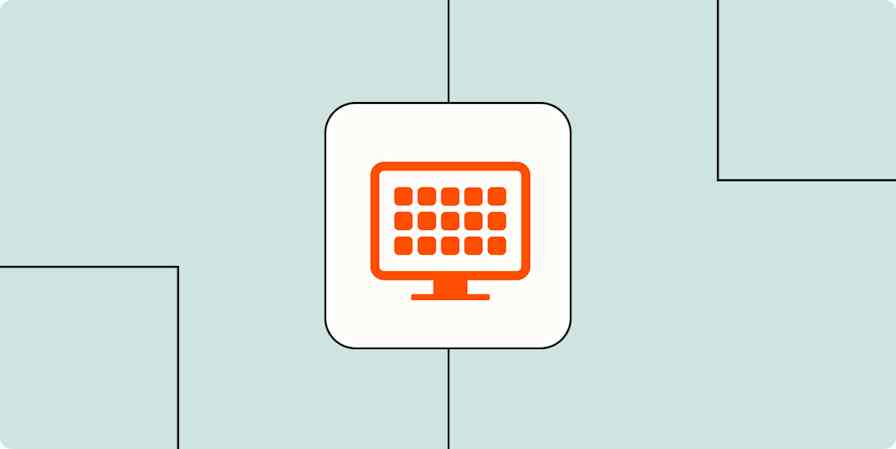Business tips
9 min readWhat is a two-sided marketplace?
With tips from successful two-sided marketplaces
By Ryan Kane · September 27, 2024

Get productivity tips delivered straight to your inbox
We’ll email you 1-3 times per week—and never share your information.
tags
Related articles
Improve your productivity automatically. Use Zapier to get your apps working together.








